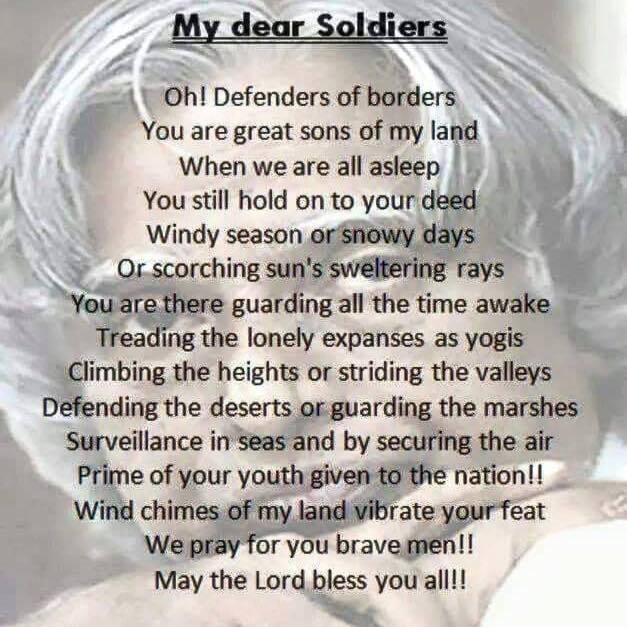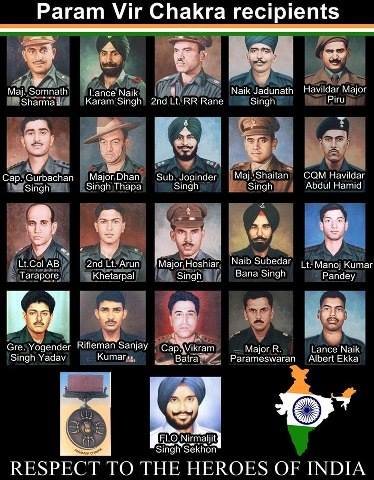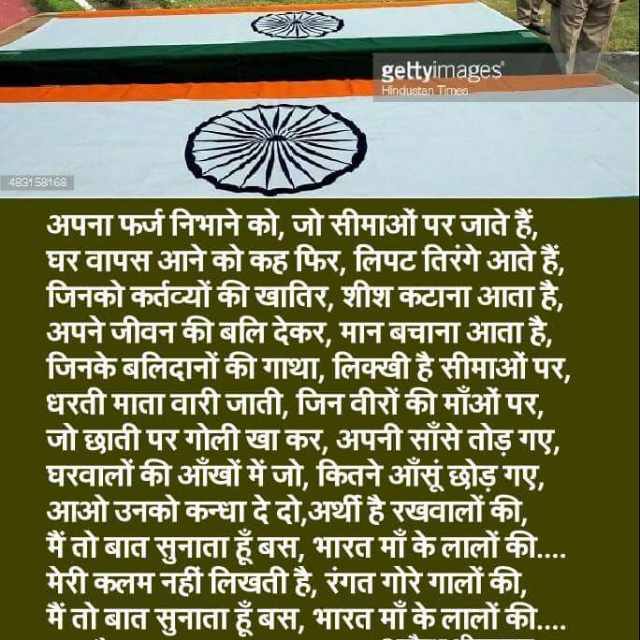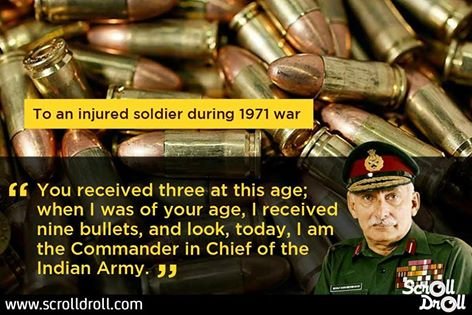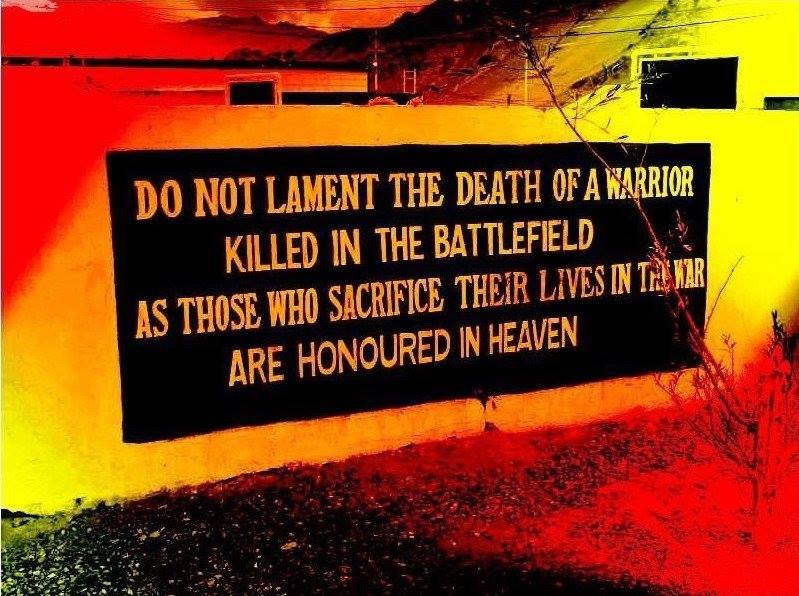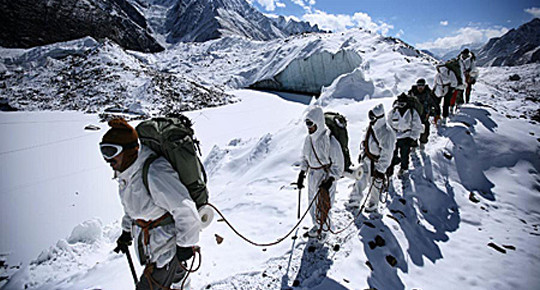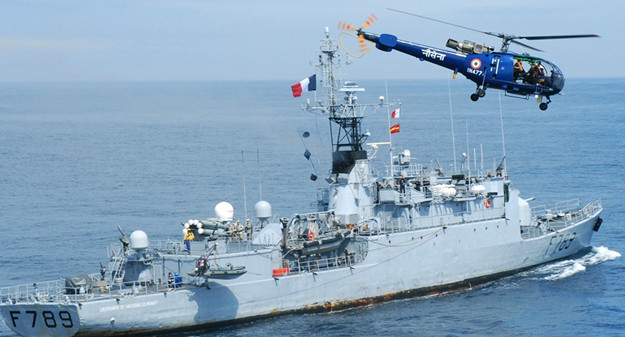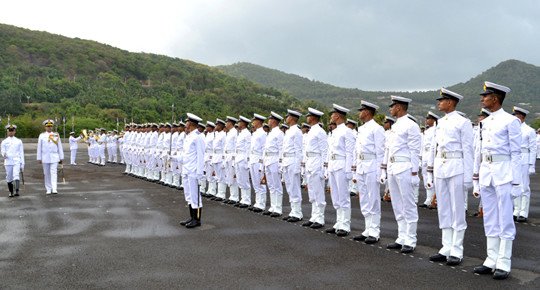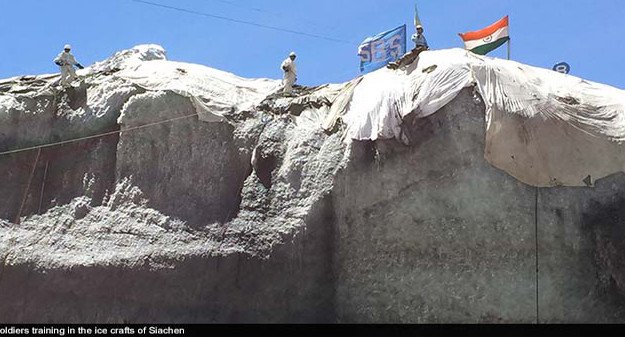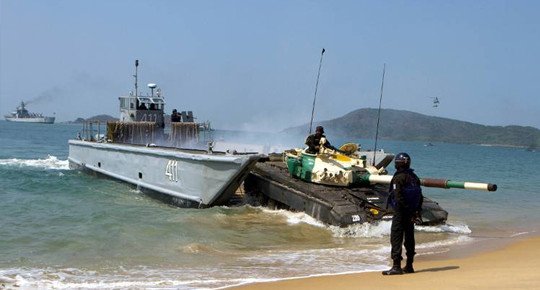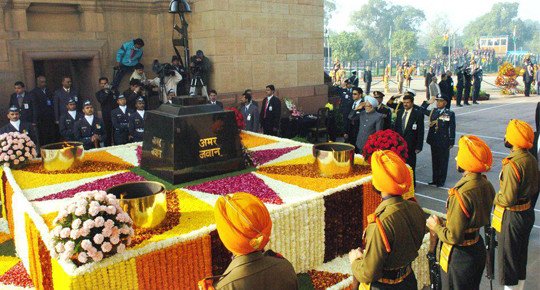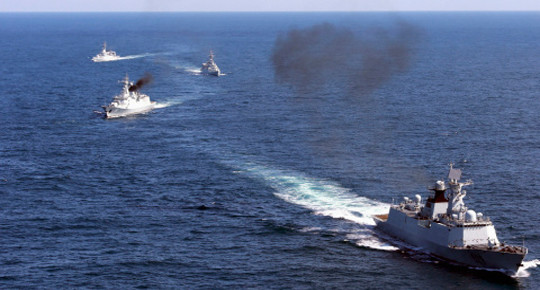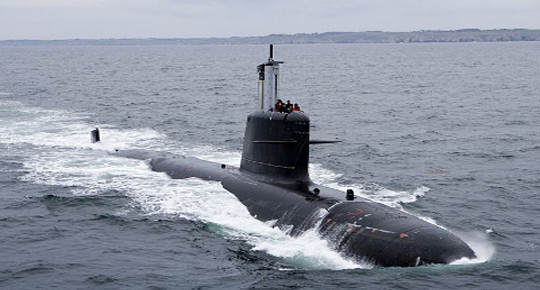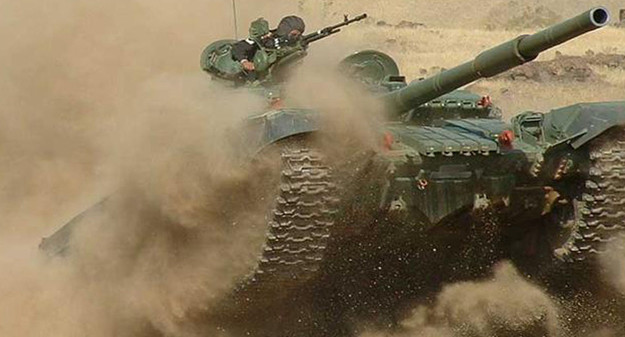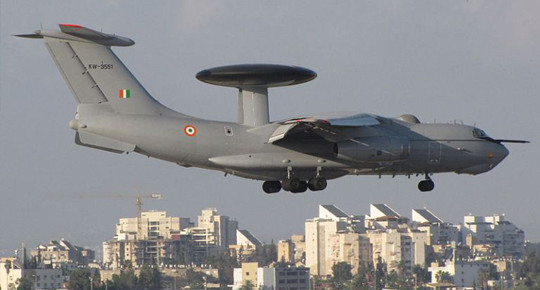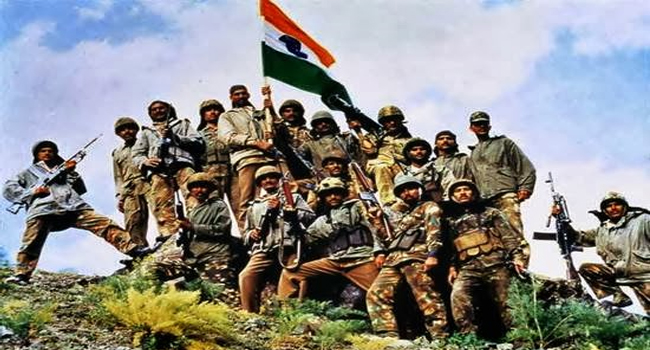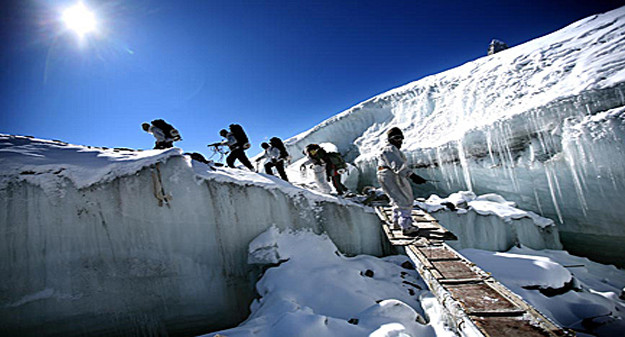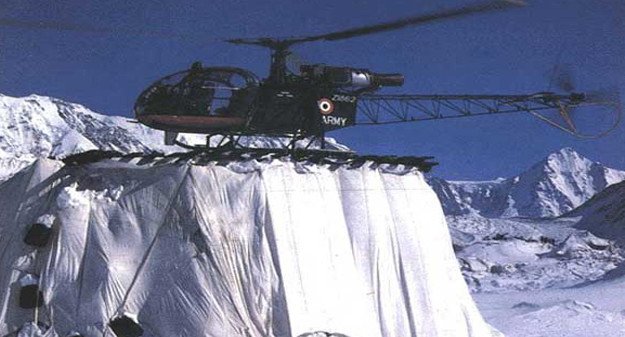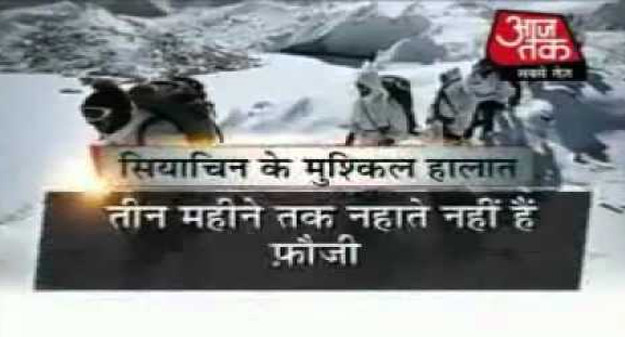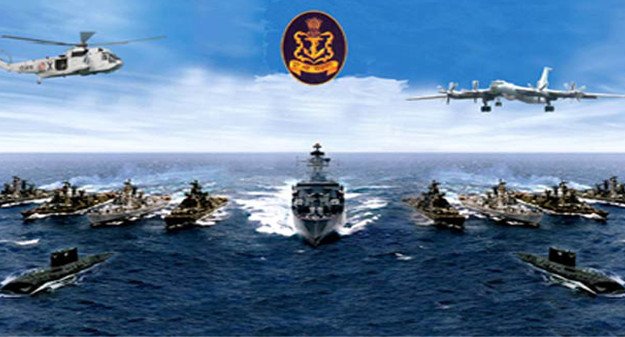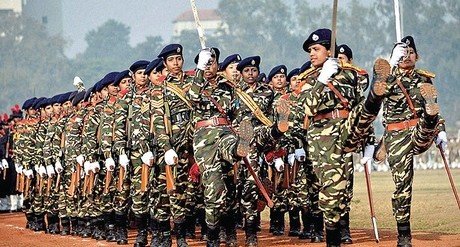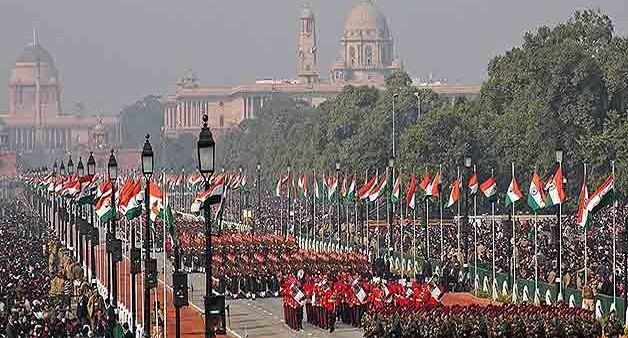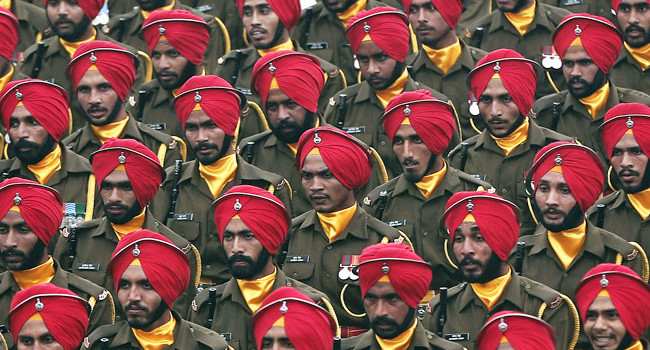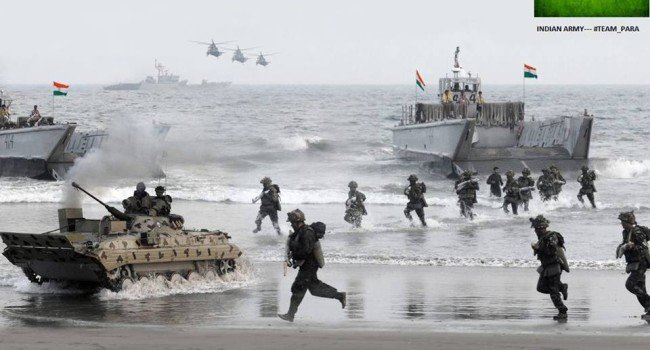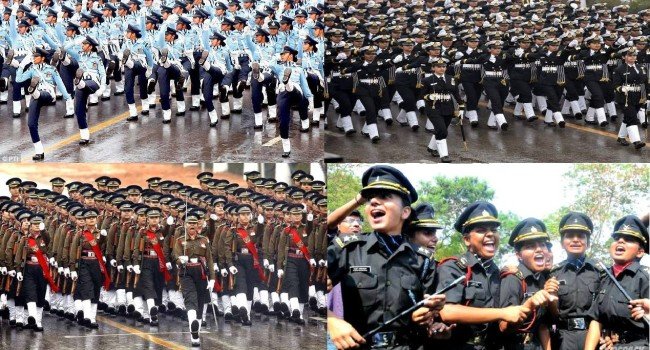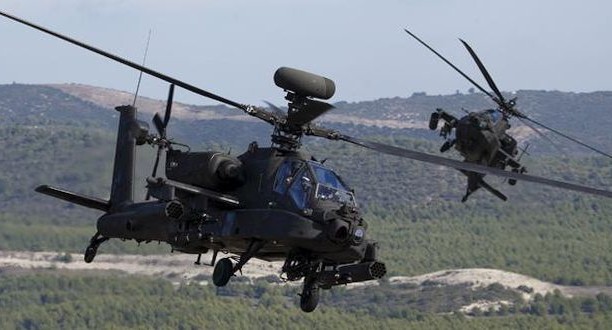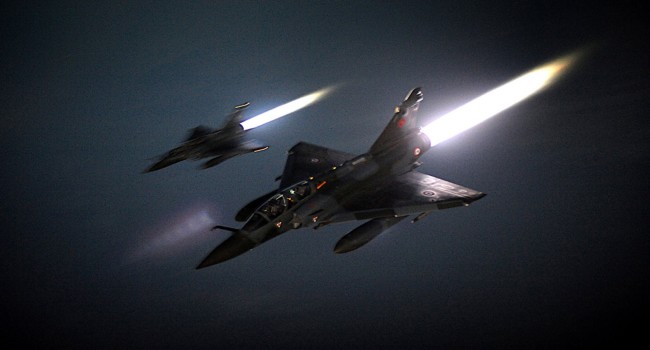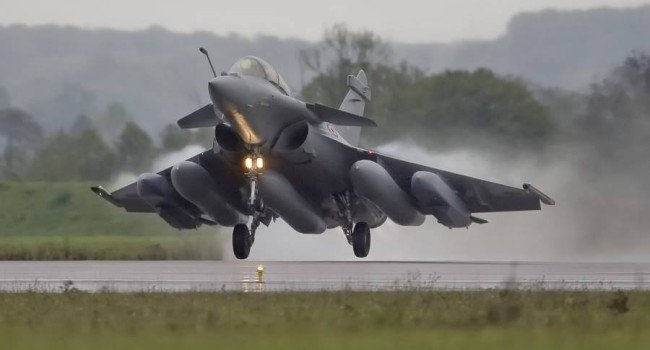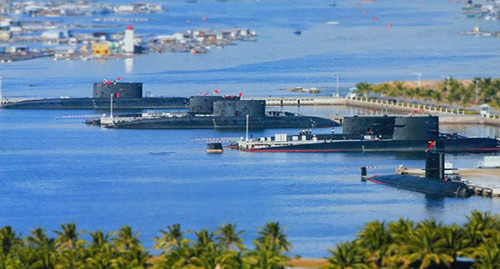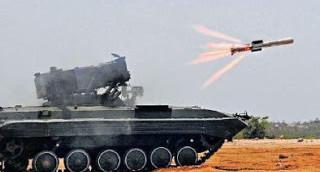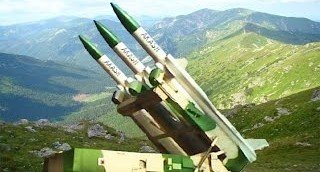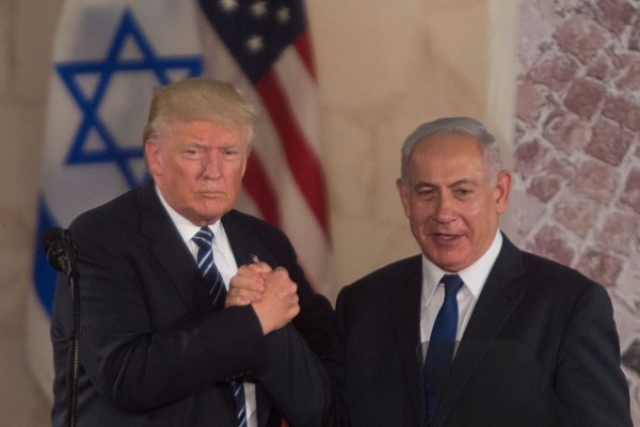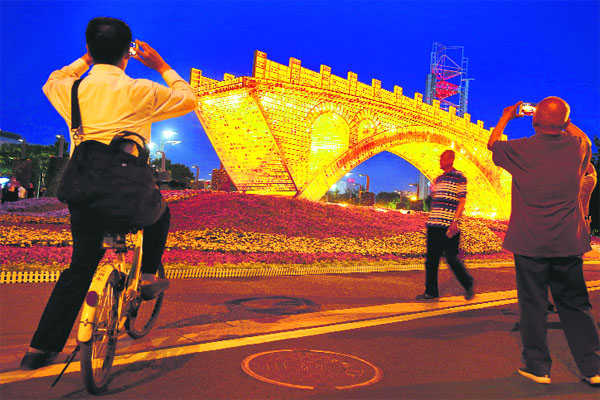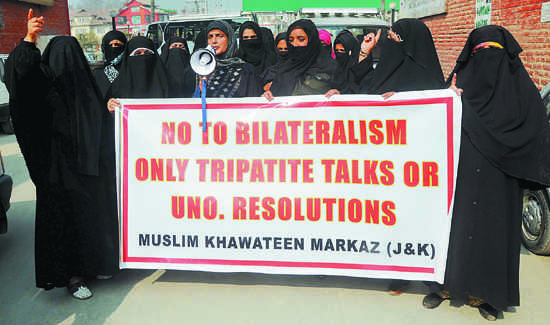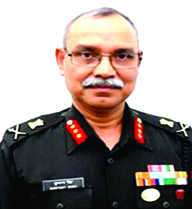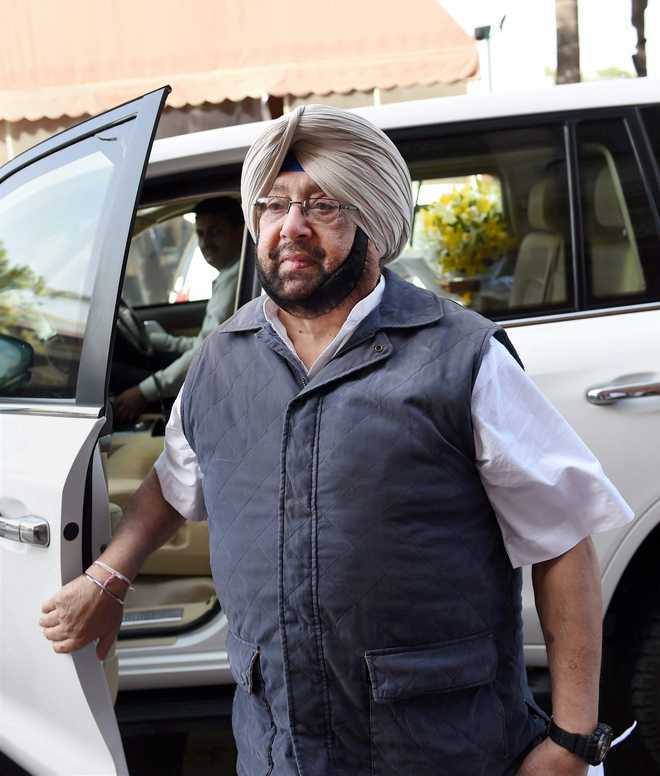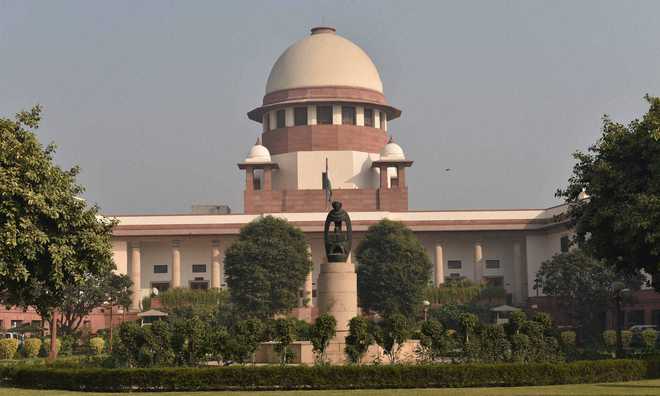Snapshot
- US President Donald Trump appears committed to the idea of moving the US embassy from Tel Aviv to Jerusalem.
How wise is the move, and what ramifications could it pose? Lt Gen (retd) Syed Ata Hasnain explains.
A hymn from my school days comes to mind as I try to grapple with understanding Jerusalem’s political status, the issue being thrown up yet again by United States (US) President Donald Trump’s declared intent of moving the US embassy from Tel Aviv to the holy city. The hymn reads – “Jerusalem, my happy home, when shall I come to thee. When shall my labors have an end, when shall thy joys I see.”
In August 2006, this lilting hymn reverberated in my mind as I entered Israel, for the first time, from a less-charted route – through the King Hussain Bridge in the Jordan Valley, and reached Jerusalem. Despite a 10-day tour through the beautiful landscape of the holy land, constant flitting between Tel Aviv and Jerusalem for briefing and meeting many a diplomat there, it just did not dawn on me that there was little clarity about what was Israel’s capital city. My ignorance – I continued to believe that it was Tel Aviv. Many years later, the truth dawned about the actual position. Not many perhaps are aware of the issues involved in this long dispute, what the implications of President Trump’s decision could be, and why he is hankering for a change in the location of the US embassy.
Let us commence with the current status before delving into the background and analysis. Jerusalem is the seat of the Government of Israel, but is not recognised as its capital (although Israel calls it the capital). There are 86 embassies from different countries, but all are located in Tel Aviv. Officially, the United Nations (UN) recognises Tel Aviv as the capital of Israel.
A background to the situation is in order. When the British Mandate terminated over the territory of Palestine and the state of Israel was under creation, the principal Allied Powers in 1947 felt that Jerusalem, by virtue of its centricity to the three great monotheistic faiths (Judaism, Christianity and Islam), needed to be retained as an international territory. The UN had to step in when the Arab and Jewish communities of the city objected to this idea. The intergovernmental organisation, under resolution 181, called for the partition of the mandated territory of Palestine into Jewish and Palestinian states. Under the resolution, Jerusalem was to have the status of ‘corpus separatum’, or a ‘separated body’, with a special legal and political status, administered by the UN. Jewish representatives accepted the plan; however, representatives of the Palestinian Arabs and the Arab states rejected it, declaring it illegal.
In May 1948, the Jewish community in Palestine unilaterally decided to declare the creation of the State of Israel. A number of countries recognised it, but not the status of Jerusalem as part of the new state; they preferred to go by the UN resolution of retaining its separate international status. With the first Arab-Israeli war and the subsequent Armistice Agreements of 1949, the UN plan for the international status of Jerusalem did not fructify. This was because the city remained in a de jure state of partition after the war; the east was held by Jordan and the west by Israel. The Old City was with Jordan in the eastern segment. Except the United Kingdom and Pakistan, no other nation recognised either Jordanian or Israeli rule over the respective areas of the city under their control.
The UN set up the Conciliation Commission through Resolution 194 in December 1948 to once again attempt to make Jerusalem a separate territory under international jurisdiction. Subsequently, it was converted into an effort to make it a demilitarised zone with a Jewish and an Arab quarter. Israel unilaterally declared the Jewish quarter as Israeli territory, but the UN’s efforts towards preparing and implementing the Statute of Jerusalem for international control remained incomplete.
In the June 1967 Six Day War, Israel captured the east zone of Jerusalem, as also the West Bank. In 1980, it introduced and passed a law declaring Jerusalem as the capital of the state of Israel. It was declared void by the UN Resolution 478 and during subsequent follow-ups. Thus, officially, the status of Jerusalem is in suspended animation. Israel’s law is not applicable, but the international status has not been implemented. Tel Aviv remains Israel’s internationally accepted capital, but the seat of the country’s government is at Jerusalem. The Green Line, which demarcated the Jewish and Arab quarters after 1948, still continues to exist without any official status. The Palestinians still envisage East Jerusalem as their future capital and not Ramallah, where it currently exists. So, why does Trump want to break with this status and move the US embassy to Jerusalem?
Two weak arguments – first, in 1989, Israel allotted a plot of land to the US to build its embassy on a 99-year lease, but the same is yet to be developed; second, in 1995, the US Congress passed a law for the embassy in Tel Aviv to be moved to Jerusalem. The apparent idea was to respect Israel’s choice of Jerusalem as its capital and recognise it as such, but for no major explicable reason. None of the presidents that followed adhered to this proposal and used the presidential waiver to circumvent the law in the interest of national security. Trump has also signed that waiver once, but it’s a campaign promise and he is a US president quite adamant about living up to it.
Tel Aviv’s mayor states in an interview – “We are Israel’s financial center and cultural center. But there’s one thing we are not: We are not Israel’s capital.” However, that remains out of consonance with views of all major countries. Even in the view of those who list Jerusalem as the capital state in brackets, that it is not internationally recognised and no embassies are located there.
The world generally accepts that a two-state formula is the only way to resolve the Israel-Palestine conflict. Israelis like to believe that with this formula, West Jerusalem would be its capital but, officially, it projects this as the entire Jerusalem.
The Jewish lobby of the US also has a hand in pushing for Jerusalem as Israel’s capital, and Trump’s promises may have been made to assuage their feelings. Whatever it is, Israel is happy with Trump’s intent but not with the speed of implementation. The Palestinians and their supporters are reasonably certain that any US move to arbitrarily alter the status quo could mean abrogation of all Palestinian-Israeli accords. The Palestine Liberation Organization has suggested it would consider revoking its recognition of Israel, should the move take place.
There is a belief among some in the Trump administration that Washington’s role as an honest broker in the peace process will not be enhanced or reduced in the slightest by moving its embassy to Jerusalem. The move apparently could be to attempt giving life to the peace process and eventually a solution. However, in the present context, it is likely to result in a graver crisis than can be contemplated.
The Middle East has enough problems beyond the basic and original conflict between the Palestinians and Israel. This is one conflict that is reasonably stabilised in comparison with other conflicts, such as the Syrian Civil War, the war in Yemen and the Iran-Saudi standoff, which is manifesting as the rising tide of Shia-Sunni strife. Trump’s action to trigger yet another crisis in the Middle East is poor thinking. It is unlikely that the international community will follow suit because Jerusalem and its future international status is an issue on which there has largely been consensus through the last 70 years. Perhaps it is only loud thinking that President Trump has been indulging in and his security advisers are less likely to press for any departure from what the last three presidents believed in, even after the 1995 passage of law by the US Congress.
Interestingly, in a fictional creation of Tom Clancy, the thriller The Sum of All Fears, a dangerous crisis is defused by convincing both Israelis and Palestinians to “a plan of converting Jerusalem into a Vatican-like independent polity to be administered by a tribunal of Jewish, Muslim, and Christian leaders, and secured by an independent contingent of the Swiss Guards”.
Perhaps in Tom Clancy’s thoughts lies the ultimate solution.



